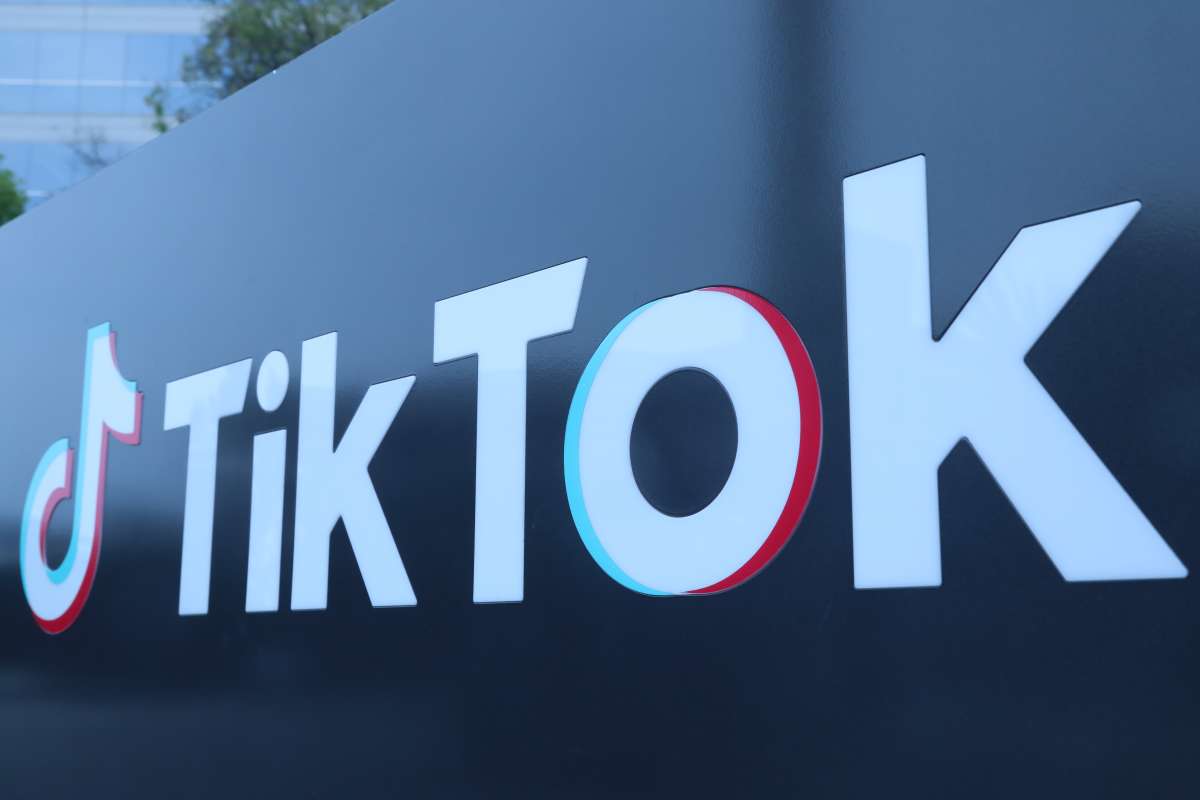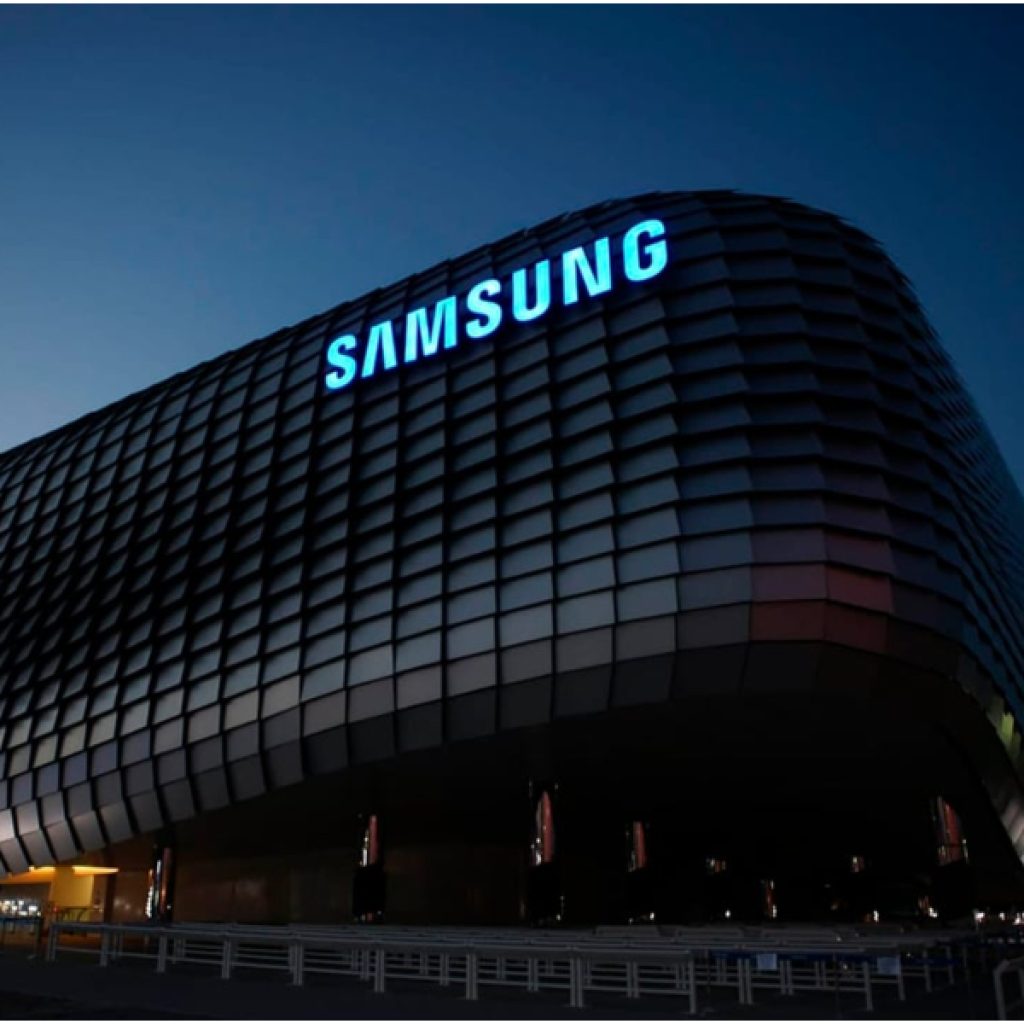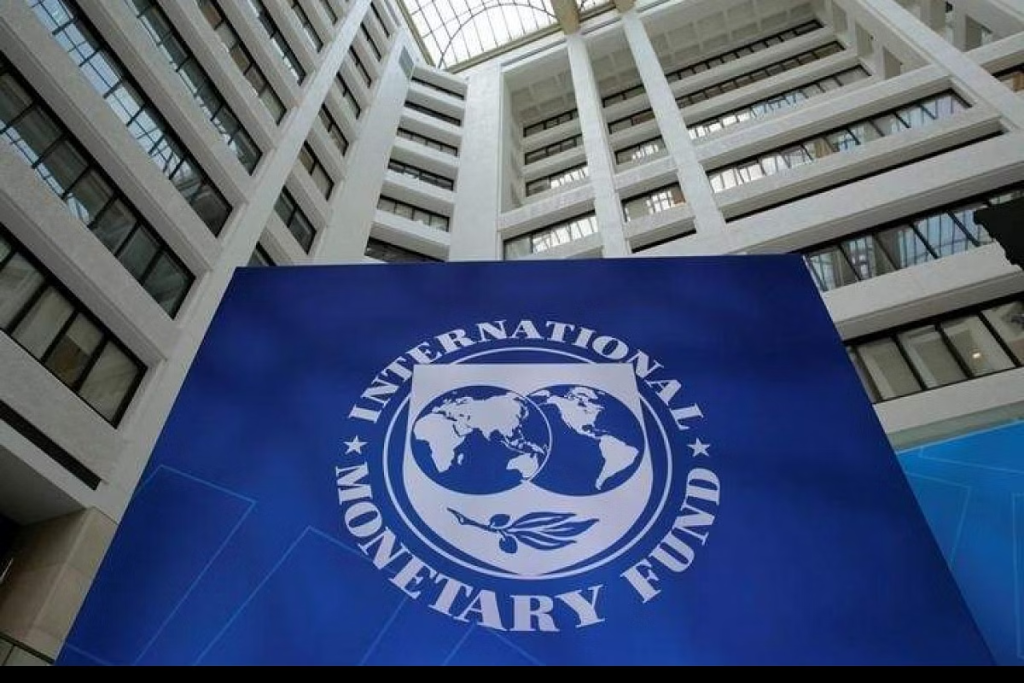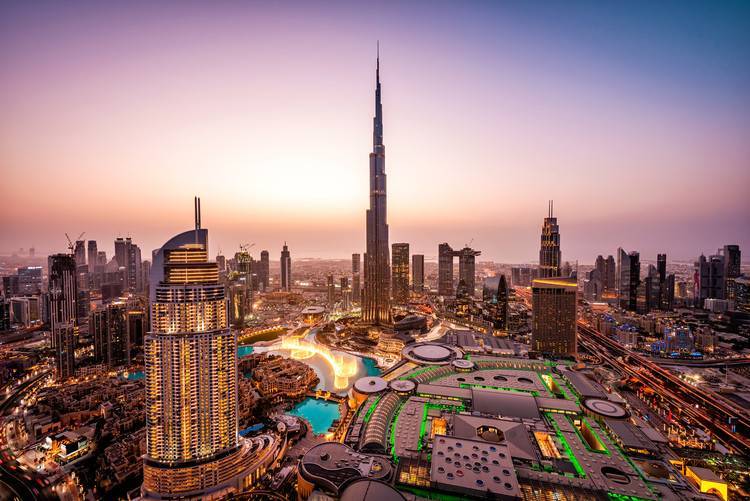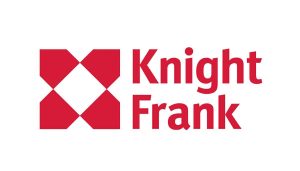By attaching the TikTok bill to funding for Israeli missile defence and Ukrainian military equipment, Republican lawmakers in the US placed pressure on Senate lawmakers to consider the whole package in a single up-or-down vote.
The US House of Representatives on Saturday approved a bill that could ban social media app TikTok, CNN reported.
The bill passed 360-58 marks the latest defeat for TikTok in the US, as the social media company with 170 million users in the US fights for survival under its current ownership by ByteDance, its Chinese parent company.
The passage of the bill in the US House comes as part of a foreign aid package for Israel and Ukraine. The move resembles an earlier version approved in March this year that would ban TikTok from US app stores unless it finds a new owner, and quickly, according to CNN report.
By attaching the TikTok bill to funding for Israeli missile defence and Ukrainian military equipment, Republican lawmakers in the US placed pressure on Senate lawmakers to consider the whole package in a single up-or-down vote.
Policy analysts expect the US Senate to take up the aid package quickly, increasing its chances of passing. US President Joe Biden has previously announced that he would sign the TikTok legislation if it reached his desk.
The passage of the TikTok bill showcases how policy priorities outside the company’s control have merged to create a potentially devastating outcome for an app that is liked by many young Americans. However, US officials have warned that it is a national security risk.
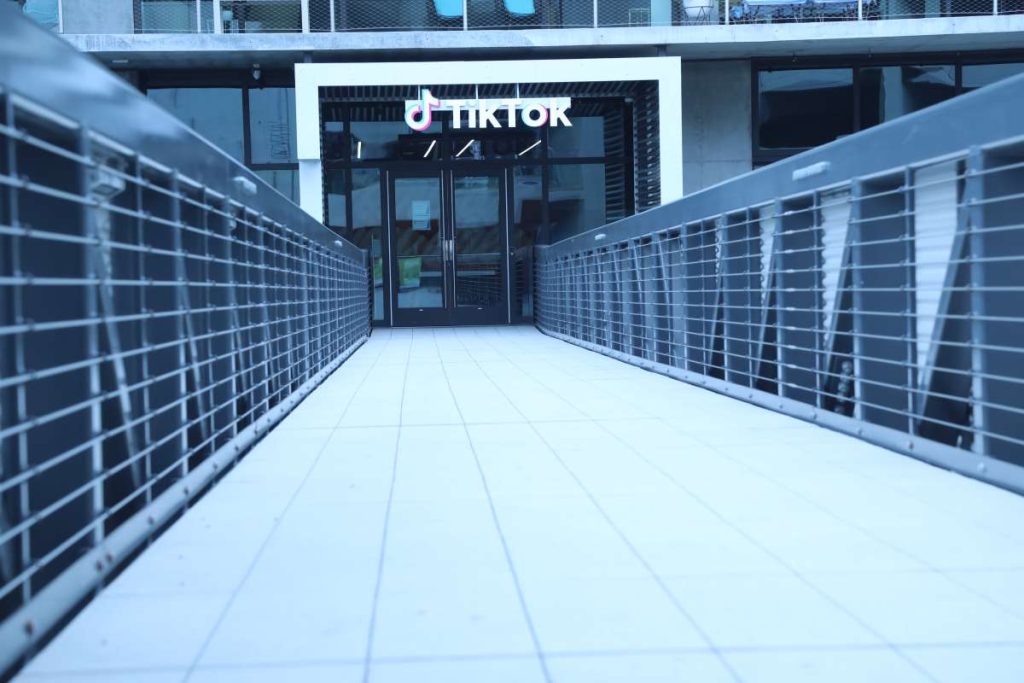
The version of the bill approved Saturday would, if signed, give TikTok 270 days to find a new owner, which is more than roughly six months contemplated under older versions of the legislation. The bill also gives the White House the ability to extend that deadline for another 90 days if the US President believes there is progress towards a sale, CNN reported.
TikTok has expressed its opposition to the bill. For weeks, TikTok carried out a lobbying campaign to defeat the legislation, stressing that it violates its users’ First Amendment rights and threatens small businesses.
In a post on X, TikTok on Wednesday wrote, “It is unfortunate that the House of Representatives is using the cover of important foreign and humanitarian assistance to once again jam through a ban bill that would trample the free speech rights of 170 million Americans, devastate 7 million businesses, and shutter a platform that contributes USD 24 billion to the US economy, annually.”
TikTok has indicated it could file a lawsuit to block the House’s legislation, telling users in March that it plans to continue fighting, “including (by) exercising our legal rights,” according to CNN report. A court challenge over the law would result in a high-stakes battle over the right of people in the US to access digital information. (ANI)
ALSO READ: FBI chief warns Chinese hackers could attack US infra

